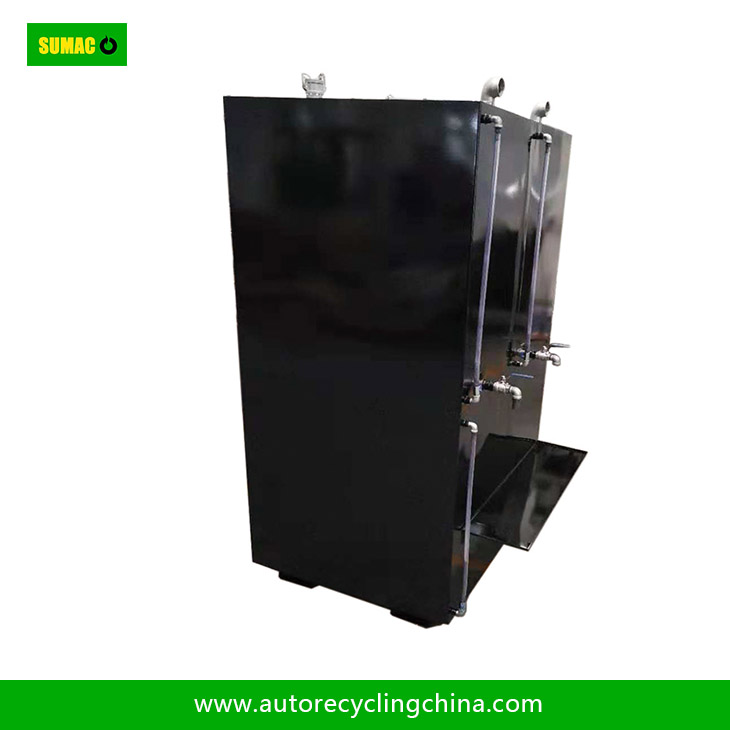Yes, impurities inside a diesel fuel tank can significantly affect the fuel pump and the entire fuel system, leading to reduced performance, premature wear, and costly repairs. Here’s a detailed breakdown of how different contaminants impact fuel pumps and why proper maintenance is critical:
1. Abrasive Particles: The Primary Culprit
Common impurities like rust, scale, dust, and metal shavings (from tank corrosion or manufacturing residues) act as abrasives. When sucked into the fuel pump, these particles:
- Scratch and score internal components: In mechanical pumps (e.g., gear or vane pumps), abrasive particles grind against moving parts like gears, shafts, and seals. This creates micro-scratches, increasing friction and reducing efficiency over time.
- Clog clearances: In high-pressure common rail systems, even tiny particles (smaller than 5 microns) can block the precise clearances in electronic fuel injectors or pump valves, leading to uneven fuel delivery or complete failure.
- Accelerate wear: Over time, abrasive damage weakens the pump’s structural integrity, causing leaks, noise, or catastrophic failure. For example, a worn fuel pump may struggle to maintain pressure, leading to engine misfires or stalling.
2. Water Contamination: Corrosion and Biofouling
Water in diesel fuel is a major issue, as it:
- Causes corrosion: Condensation or poor fuel storage can introduce water, which settles at the bottom of the tank and reacts with metal components (including the fuel pump). This leads to rust and pitting inside the pump housing and impellers.
- Promotes microbial growth: Water creates an ideal environment for diesel bug (fungal and bacterial colonies). These microbes form sticky slimes that coat fuel lines, filters, and pump internals, reducing flow and causing blockages. A clogged pump may overheat or fail to supply fuel, especially in cold weather.
- Disrupts fuel lubricity: Diesel fuel naturally lubricates pump components, but water dilutes this property, increasing friction and wear on moving parts like plungers and bearings.
3. Varnish and Deposits: Sticky Performance Killers
Over time, diesel fuel can degrade and form varnish or asphaltenes (heavy, sticky residues), especially in older tanks or during long-term storage. These deposits:
- Gum up pump mechanisms: Varnish coats internal pump surfaces, reducing the flexibility of seals and valves. In electric fuel pumps, this can cause the impeller to stick, leading to inconsistent flow or motor burnout.
- Clog strainers and filters: While fuel filters trap most large particles, fine varnish can bypass them and accumulate in the pump’s inlet strainer, restricting fuel flow and forcing the pump to work harder. This increased load can shorten the pump’s lifespan or cause it to overheat.
4. Prevention and Mitigation Strategies
To protect fuel pumps from tank impurities:
- Regular fuel system maintenance: Replace fuel filters according to the manufacturer’s schedule (typically every 10,000–20,000 miles or as recommended). Filters trap particles and water, preventing them from reaching the pump.
- Tank inspections and cleaning: Periodically inspect tanks for corrosion or sediment, especially in older vehicles or equipment. Clean tanks to remove sludge, water, and debris, using specialized solvents or professional services if necessary.
- Water separation: Install a water separator (e.g., a fuel/water separator filter) to remove moisture before it reaches the pump. Drain the separator regularly, especially in humid environments.
-
Use high-quality fuel: Purchase diesel from reputable suppliers to minimize contaminants. Add fuel stabilizers during long storage to prevent fuel degradation and varnish formation.

